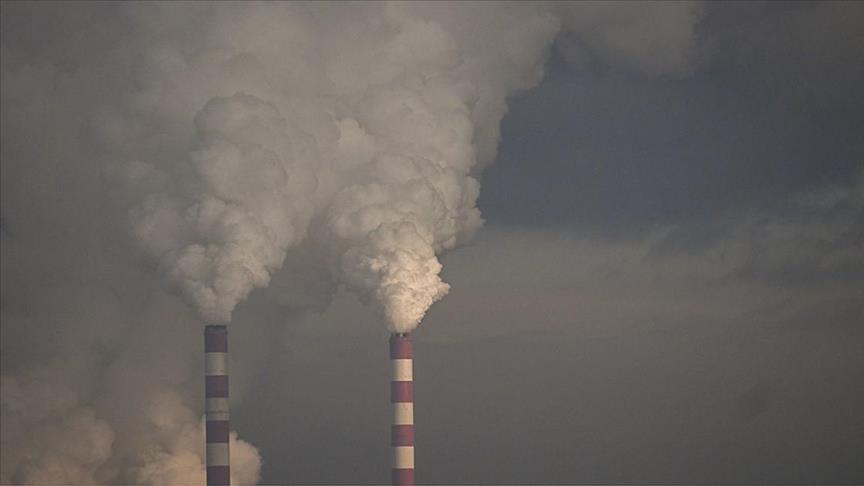While global climate policies and carbon reduction targets remain at the forefront of the agenda, methane emissions from abandoned oil and natural gas wells and coal mines have reached 8 million tons worldwide, according to the International Energy Agency’s (IEA) Global Methane Tracker 2025 report.
This amount is close to the total methane emissions of major producer countries such as Iran or India.
According to the report, methane emissions from abandoned coal mines amounted to approximately 5 million tons last year, while emissions from oil and natural gas wells reached 3 million tons.
The report noted that the vast majority of abandoned wells are located onshore with the US leading the list with 4 million wells.
Accordingly, the US alone accounted for approximately 40% of total emissions from abandoned oil and gas wells.
The IEA emphasized that most of these facilities were not properly sealed in the past and that containment practices were inadequate, warning that “recently abandoned sites pose a higher risk. Methane can continue to leak into the atmosphere for years.”
Emissions from these sites could be largely prevented if they were properly sealed and monitored on time, the report said.
Current emissions from abandoned facilities rank among the four largest sources of fossil fuel-related methane emissions globally.
– Over 90% of emissions are preventable
The report stated that many of these wells have remained uninspected for years, and because companies that once operated them have either gone bankrupt or disappeared, the chain of responsibility has become unclear.
This is cited as one of the main factors that hinders regulatory action, even in developed countries.
According to IEA data, more than 90% of these emissions can be prevented through simple engineering solutions.
By sealing wells, applying cement barriers, and installing monitoring systems, this invisible source of emissions can be brought under control.
The IEA assessment indicated that preventing these emissions would be advantageous not only environmentally but also economically.
“In many cases, stopping these leaks offers the potential to turn methane back into economic value. This creates an opportunity that pays for itself,” the report stated.
Meanwhile, experts highlighted that methane has a climate impact nearly 80 times greater than carbon dioxide, emphasizing that preventing these emissions is one of the most effective steps to slow short-term global warming.
In its call to action, the IEA stated that regulations in this area would not only address legacy problems but also help eliminate the “invisible losses” in the current energy transition process.

